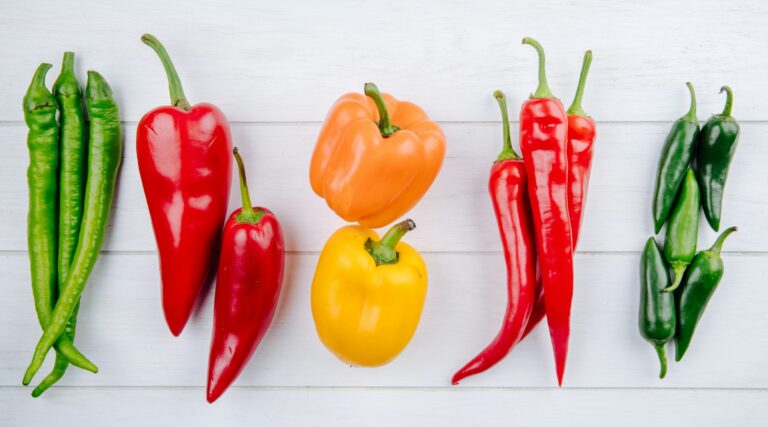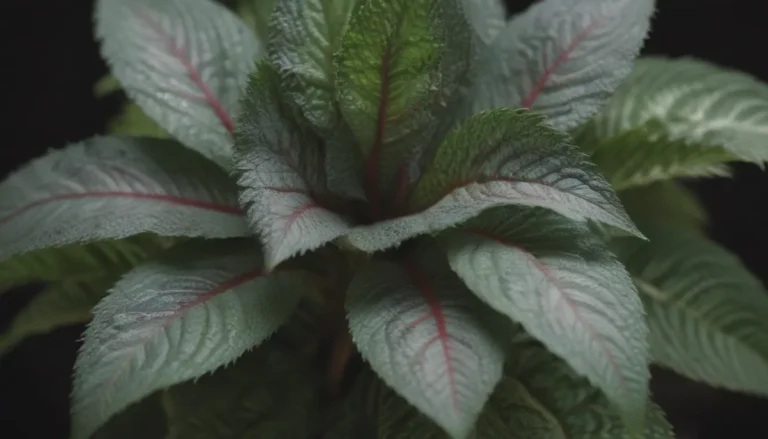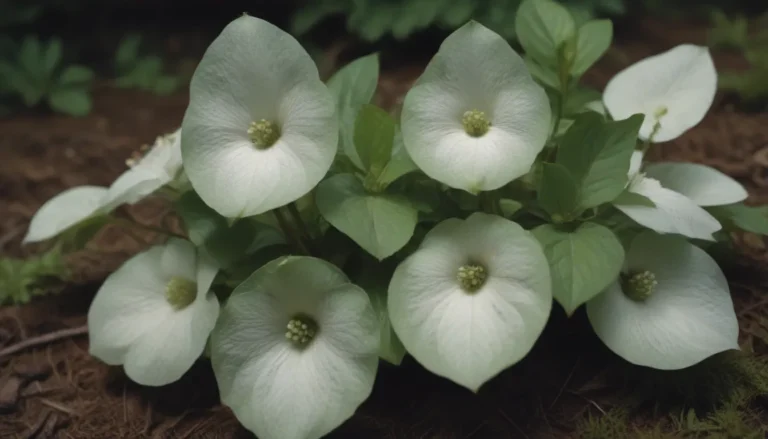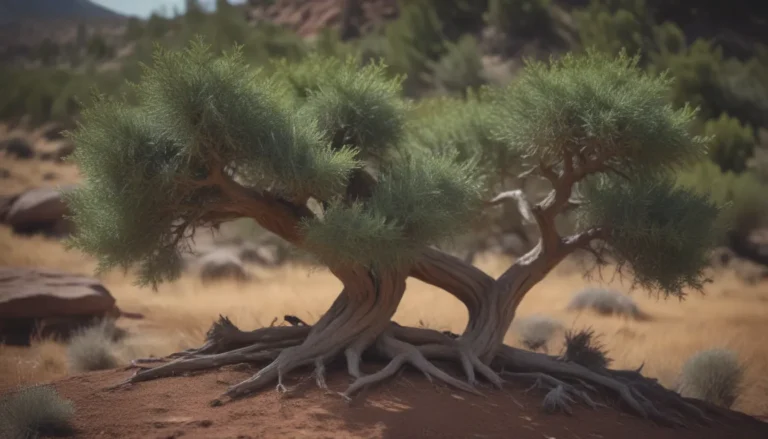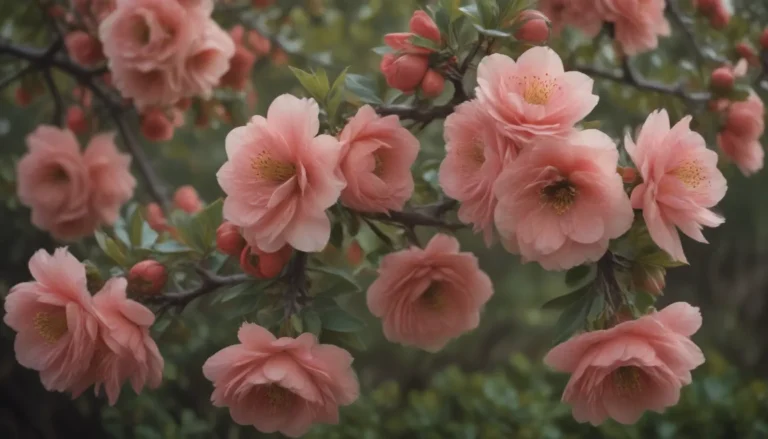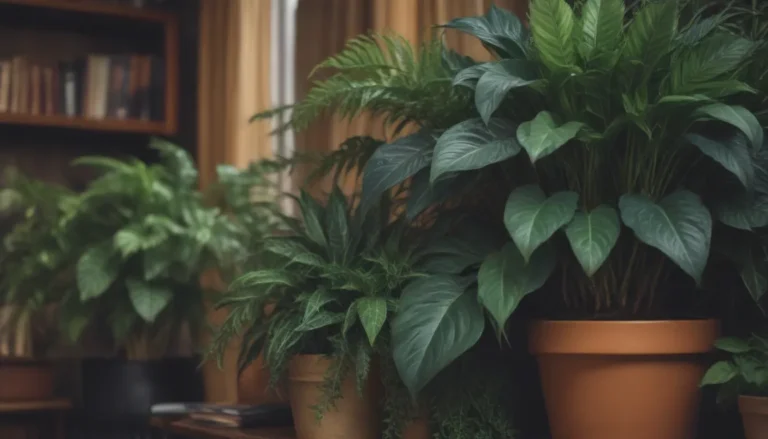Monkey Flowers: A Complete Guide to Growing and Caring for These Colorful Blooms
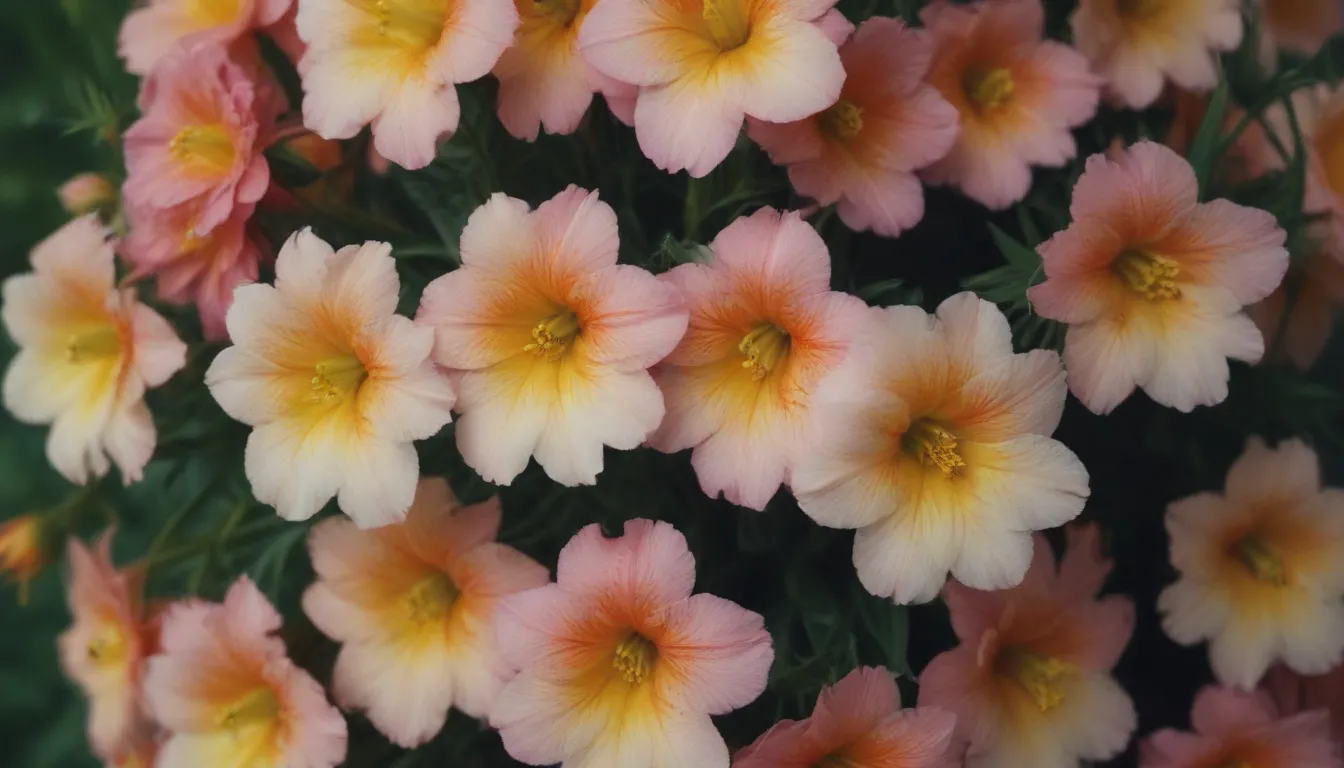
Monkey flowers are a delightful genus of flowering plants known for their vibrant, cheerful blooms that attract pollinators like bees, butterflies, and hummingbirds. With their unique appearance reminiscent of a monkey’s face, these plants are sure to bring a touch of whimsy to any garden. Whether you’re a seasoned gardener or just starting out, learning how to grow and care for monkey flowers can be a rewarding experience. In this comprehensive guide, we’ll explore everything you need to know to successfully cultivate these low-maintenance beauties in your own backyard.
Understanding Monkey Flower Care
Monkey flowers come in a variety of species, each with its own specific care requirements. Before you start growing these plants, it’s essential to research the particular needs of your chosen species. Whether you opt for a perennial variety that thrives near water sources or an annual that prefers drier conditions, understanding the basics of monkey flower care is crucial to their success in your garden.
Here are the main requirements for growing monkey flowers in your garden:
Light
Monkey flowers thrive in full sun to part sun conditions. Ensure that your plants receive at least six hours of sun per day for optimal growth. Some species, like the Allegheny monkey flower, may do better in part sun. Aim for a location that receives full sun in the morning and dappled shade in the afternoon for a good compromise.
Soil
Monkey flower species have varying soil preferences, with some thriving in wet soils and others preferring sandy, well-drained soil. Consider the specific needs of your plant when selecting a planting location. Monkey flowers can also be grown in containers with a standard potting mix amended with organic compost.
Water
Different species of monkey flowers have distinct water requirements. Some, like the Allegheny and scarlet monkey flowers, prefer frequent waterings to keep the soil evenly moist. Others, such as the bush monkey flower, are drought-tolerant once established. Be attentive to your plant’s water needs to ensure healthy growth.
Temperature and Humidity
Monkey flower species are adapted to the temperature conditions of their native regions. Choose species that are native to your area to ensure they thrive in your climate. Consider factors like USDA hardiness zones when selecting monkey flower varieties for your garden.
Fertilizer
Before planting monkey flowers, work compost into the soil to add nutrients. If you’re planting in good-quality soil, additional fertilization throughout the growing season may not be necessary. Focus on providing your plants with proper care and attention to encourage healthy growth.
Tip:
“Colorful monkey flowers are a great source of nectar for pollinators like bees, butterflies, and hummingbirds. Different species of monkey flower attract different types of pollinators based on flower color, pattern, and shape.”
Exploring the Diversity of Monkey Flowers
Despite the restructuring of the genus Mimulus, several species of monkey flowers remain, with many still commonly referred to by that name. While over three-quarters of monkey flower species are native to North America, some of these plants are commonly cultivated for their beauty and unique characteristics. Here are a few types of monkey flowers you might encounter:
- Allegheny monkey flower (Mimulus ringens):
- Seep monkey flower (Mimulus guttatus):
- Scarlet monkey flower (Erythranthe cardinalis):
- Bush monkey flower (Diplacus aurantiacus):
Pruning and Propagating Monkey Flowers
Proper pruning and propagation techniques can help your monkey flowers thrive and maintain their health and vitality. Some species, such as Pamela and bush monkey flowers, benefit from regular pruning to encourage new growth and bloom production. Understanding how to propagate monkey flowers through cuttings or division can also help you expand your garden’s monkey flower population.
Pruning
Certain types of monkey flowers should be pruned in winter or early spring before new growth appears. For example, bush monkey flowers can be pruned after their first flowering to stimulate additional blooms later in the season. Regular pruning helps maintain the shape and health of your plants.
Propagating
Monkey flowers can be propagated through stem cuttings or division, depending on the species. Stem cuttings are a simple and effective way to propagate some types of monkey flowers, while others may benefit from division to create new plants. Experiment with different propagation methods to see which works best for your specific species.
Growing Monkey Flowers From Seed
If you’re starting from scratch with monkey flowers, growing them from seed can be a rewarding experience. Planting monkey flower seeds outdoors in late fall allows for cold stratification, which aids in germination. With the right tools and techniques, you can successfully grow monkey flowers from seed and enjoy watching them bloom in your garden.
Common Pests & Plant Diseases
Monkey flowers are generally resistant to many common garden pests, making them a low-maintenance choice for gardeners. However, it’s essential to keep an eye out for fungal diseases like powdery mildew and insect pests like thrips and mealybugs. By monitoring your plants and providing proper care, you can help prevent and manage these issues effectively.
How to Get Monkey Flowers to Bloom
Monkey flowers are known for their profuse, colorful blooms that brighten any garden. Understanding how to encourage blooming and maintain the beauty of your plants is key to their continued success. By following these tips, you can help your monkey flowers thrive and flourish throughout the growing season.
Bloom Months
Monkey flowers’ bloom time varies by species and region. On the West Coast, these plants may bloom from March to October, while in the Northeast, blooming typically occurs from June to September. Pay attention to your plant’s specific blooming schedule to enjoy their vibrant displays.
How Long Do Monkey Flowers Bloom?
Monkey flowers can bloom for several months, from spring to late fall or early summer to early fall, depending on the species and growing conditions. With proper care and attention, you can extend the blooming period of your monkey flowers and enjoy their beauty for an extended time.
What Do Monkey Flowers Look and Smell Like?
Monkey flowers are known for their trumpet-shaped or tube-shaped flowers that resemble a monkey’s face. These blooms come in a variety of colors, including yellow, red, orange, purple, and pink. While monkey flowers are not typically grown for their fragrance, their vibrant hues and playful appearance make them a popular choice for gardeners.
How to Encourage More Blooms
In warmer climates, pruning perennial monkey flower plants after the spring bloom can stimulate additional flowering in late summer and fall. Regular deadheading, or removing spent blooms, can also help promote new growth and continued blooming throughout the season.
Common Problems With Monkey Flowers
While monkey flowers are generally easy to care for, they may encounter some common issues like dry or brown leaves and yellowing leaves. By addressing these problems promptly and providing proper care, you can help your monkey flowers remain healthy and vibrant in your garden.
Conclusion
Growing and caring for monkey flowers can be a rewarding experience for gardeners of all skill levels. With their colorful blooms, attractive appearance, and ability to attract pollinators, monkey flowers are a wonderful addition to any garden. By understanding the specific needs of your chosen species, providing proper care and attention, and incorporating pruning and propagation techniques, you can enjoy the beauty of monkey flowers in your outdoor space. Experiment with different varieties, explore new propagation methods, and appreciate the unique charm of these delightful plants in your garden. Happy gardening!
